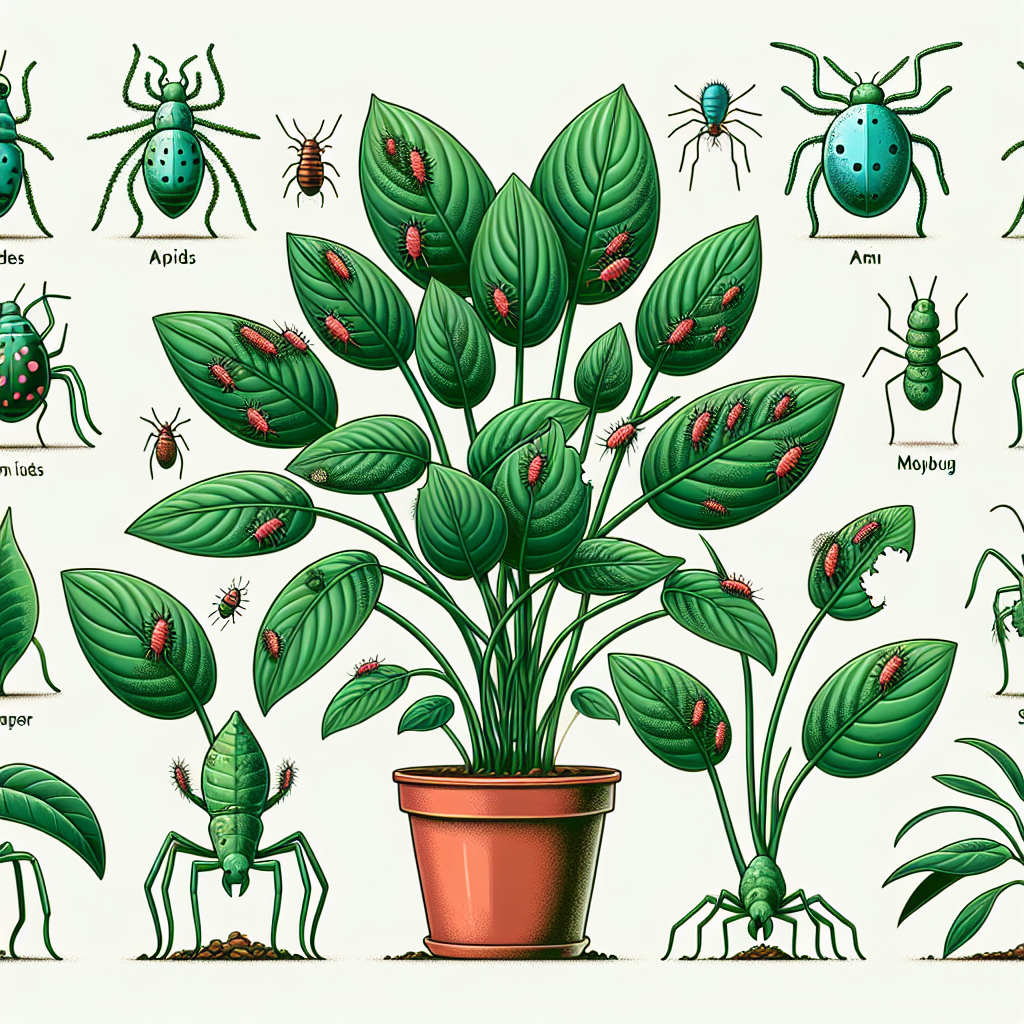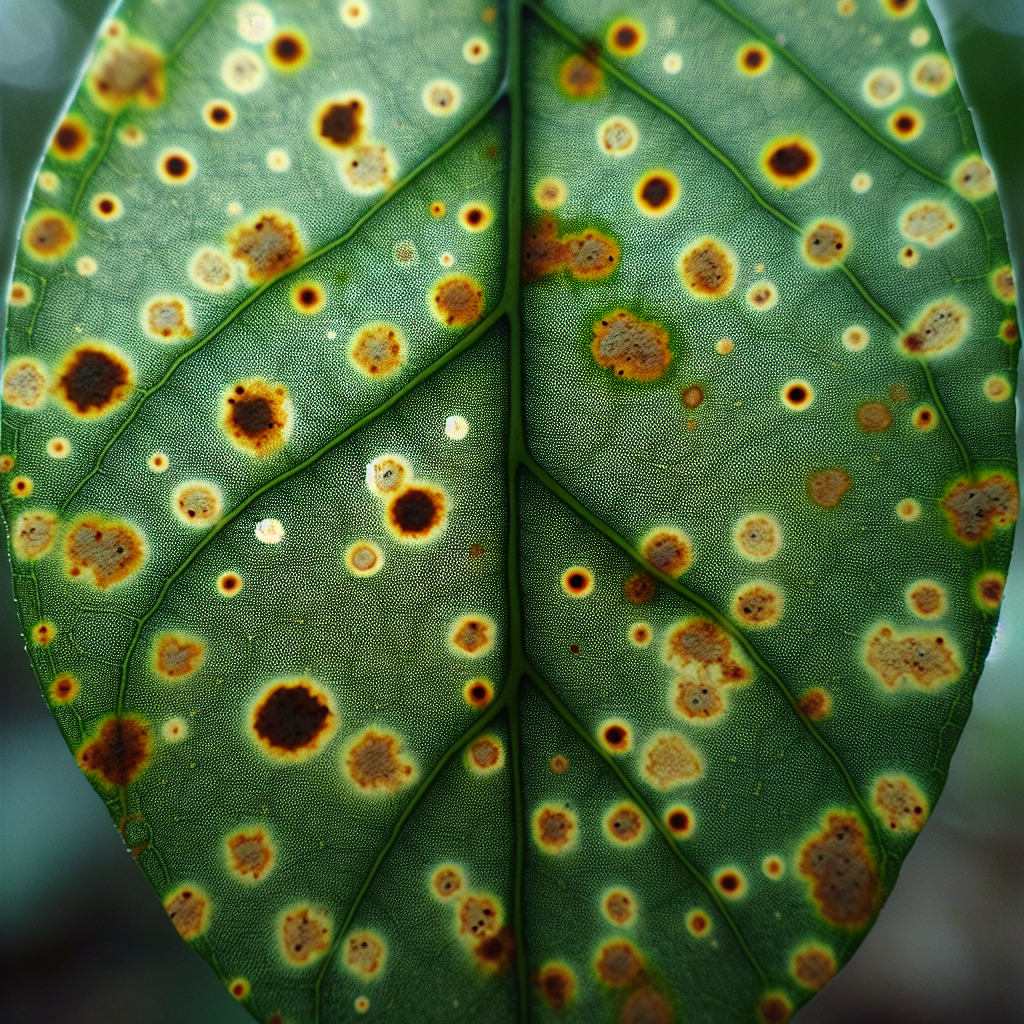Did you know that philodendrons are one of the most popular houseplants worldwide? These beautiful, leafy plants can brighten up any room. But like all living things, philodendrons can get sick too.
As an indoor plant expert, I want to help you keep your philodendron healthy and thriving. In this article, we’ll look at some of the most common pests and diseases that can affect philodendrons. I’ll explain what causes these problems and give you easy tips to prevent and treat them. With a little know-how and TLC, you can keep your philodendron looking its best for years to come!
Philodendron Pests to Watch Out For

Several pesky critters love to munch on philodendron leaves. Here are the top offenders:
1. Spider Mites
These tiny arachnids are a common problem for many houseplants, including philodendrons. Spider mites are so small, you might not notice them at first. But if you see fine webbing on the undersides of leaves, that’s a telltale sign.
Spider mites suck out the plant’s fluids, causing leaves to look stippled or bronzed. Dry indoor air encourages spider mites. Regularly misting your philodendron’s leaves can help prevent an infestation. If you spot mites, isolate the plant and treat it with insecticidal soap or horticultural oil.
2. Mealybugs
Mealybugs are small, white, cottony insects that feed on plant sap. They often hide in the nooks and crannies of philodendron leaves and stems. A bad infestation can stunt the plant’s growth.

To get rid of mealybugs, dab them with a cotton swab dipped in rubbing alcohol. For bigger problems, spray the plant with insecticidal soap or neem oil. Prevent mealybugs by inspecting new plants before bringing them home and starting your philodendron with clean, healthy cuttings.
3. Scale
Scale insects look like little brown or gray bumps stuck to philodendron stems and leaf undersides. Like mealybugs, they suck out the plant’s juices. Heavy infestations cause leaf drops and can even kill the plant.
Prune off heavily infested leaves and stems. Then treat the plant with horticultural oil, insecticidal soap, or neem oil. With persistence, you can conquer scale. Prevent it by keeping your philodendron healthy and catching problems early.
Common Philodendron Diseases
Philodendrons are pretty tough plants. But a few diseases can sometimes strike:
1. Bacterial Leaf Spot
A bacterial leaf spot causes water-soaked or yellowed spots on philodendron leaves. The spots may ooze and turn reddish-brown with a yellow halo. This disease thrives in warm, wet conditions.
Prevent bacterial leaf spots by watering at the base of the plant, not on the leaves. Provide good air circulation, and don’t mist. If you see leaf spots, remove the affected leaves and isolate the plant. Severely infected plants may need to be discarded.
2. Root Rot
Overwatering is the number one cause of root rot in philodendrons. Soggy soil breeds fungal growth that attacks the roots. Leaves turn yellow, wilt, and drop. Severe cases can kill the plant. To avoid root rot, make sure your philodendron’s pot has good drainage holes. Water only when the top inch of soil feels dry. If you think your plant has root rot, remove it from the pot and trim off the soft, mushy roots. Replant your philodendron in fresh, well-draining soil.
3. Fungal Leaf Spots

Several fungi can cause leaf spotting on philodendrons. The spots are usually round or irregular with a dark border. Fungal leaf spots thrive in cool, damp conditions. Keep leaves dry and provide good air circulation to prevent fungal issues. Remove the affected leaves and avoid getting water on the foliage. A copper-based fungicide can help control severe cases.
More Philodendron Care Tips
Proper care goes a long way toward preventing pests and diseases in your philodendron. Here are some helpful resources to keep your plant in tip-top shape:
With these tips in mind, you have the tools to keep your philodendron free of pests and diseases. Regular monitoring, proper watering, and good hygiene practices will help your plant stay lush and healthy. By catching any issues early, you can prevent them from turning into bigger headaches. Happy growing! Let me know if you have any other questions about caring for your beloved philodendron plant.
philodendron-plants-pests-and-diseases
Recommended Articles
- This connects to our discussion on Philodendron Fertilizer: 7 Expert Tips for Lush Growth (2025) Philodendron Fertilizer: 7 Expert Tips for Lush Growth (2025).
- This approach is complemented by the strategies outlined in our Philodendron Watering: 7 Steps for Healthy Growth (2024 Guide) resource Philodendron Watering: 7 Steps for Healthy Growth (2024 Guide).
- Building on these ideas, our Philodendron Verrucosum Care: Expert Tips for Velvety Leaves guide offers further perspectives Philodendron Verrucosum Care: Expert Tips for Velvety Leaves.